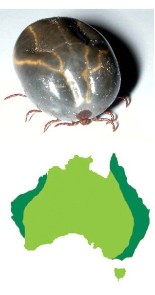Contact Port Macquarie Pest Control 02 65845536 Email pmqpestcontrol@gmail.com
Fleas in Australia
Fleas are the most widespread external parasite for pet
owners worldwide. Fleas not only annoy dogs and people but can carry disease
and cause other health problems. Fleas carry tapeworm, cause an allergic skin
condition in dogs called Flea Allergy Dermatitis (FAD) and are carriers of
infectious agents. Fleas may also cause secondary skin infection and anaemia in
puppies, older and also immuno-suppressed dogs. Severe infestations may even
lead to death.
Flea-related diseases account for over 50% of skin disease cases reported to veterinarians. The vast majority of these conditions could be prevented by the regular use of a fast, effective flea treatment.
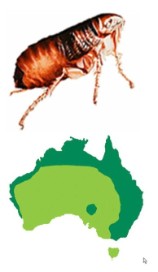
Please take a few minutes to read this brochure so you can better understand how best results may be achieved.
The life cycle of the flea is similar to that of a moth – egg, larva (caterpillar), pupa (cocoon) and adult. A newly hatched adult flea is unfed, small, black and aggressive – some people mistakenly refer to these as ground or sand fleas. After they have had a blood meal, fleas lighten in colour and become larger. For every flea on your pet there may be hundreds waiting to hatch!
Sometimes flea treatments appear to be ineffective as small black fleas are still seen after the treatment. This is because the pupae are quite resistant to chemicals. Fleas continue to hatch because insecticides cannot penetrate the flea pupal case. Ten fleas can potentially reproduce to 250,000 in only 30 days!
Flea Life Cycle
Fleas lay eggs on the pet when the host is resting. The white eggs can then
fall off the pet onto the ground, whether it is carpet or soil etc.
Small blind larvae will then emerge from the eggs. These larvae move away from
the light, burrowing down into the carpet, cracks in floorboards or into the
soil. They feed on protein, such as flea droppings of partly digested blood.
They moult three times before forming a pupa. The larva changes into the adult
in the pupa. The pupa is sticky, so it binds its surrounds to itself, becoming
invisible.
In summer, a flea may be ready to hatch from the pupa about 7-14 days after it
is formed, however they can remain dormant for up to 18 months.
Hatching of the flea from the pupa is triggered by nearby movement,
predominantly during warm, moist weather conditions.
After feeding on the host, the engorged female flea is ready to mate and lay
eggs – about 24 hours after hatching. She is capable of laying up to 500 eggs
(27 per day) over a lifetime which may span several weeks.
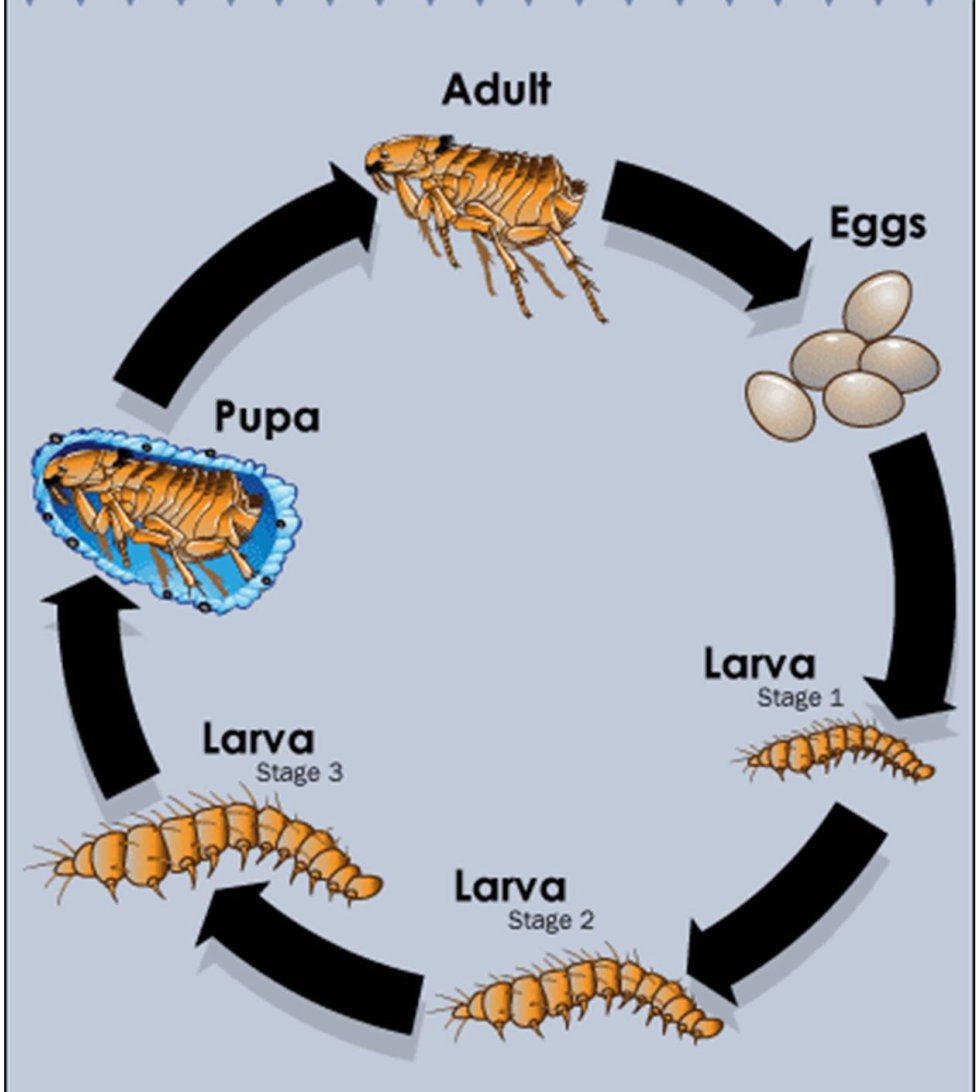
Treatment Instructions
- Indoors – vacuum or mop all floors, remove toys, clothes etc from the floor. Some insecticides will affect fish. Cover the fish tank and turn off the filter prior to treatment. Remove pets from the area to be treated – return them only after the treatment has dried.
- Treat the pets – advice may be sought from your Veterinarian. The use of soaps or shampoos may reduce the residual action of the treatment.
- Be patient. Even if everything has been done correctly, you will still see newly hatched fleas, usually for several weeks. Do not leave flea infested areas undisturbed – movement hatches fleas.
- Do not vacuum or mop for at least seven days after treatment. This allows the eggs to hatch and make contact with the treatment.
- Leave your pet in the flea infested areas—it will attract the fleas. If the pet is removed from the infested area, fleas will continue to hatch for about six weeks just from normal human activity. Retreat your pet regularly according to the label of the on-animal flea product.
What to expect after treatment
Fleas will be seen when an area is newly disturbed – such as when people get up
in the morning or go outside – but not later in the day in that area. If the
treatments are working, fleas will hatch, contact the treated surface (carpet,
soil – treated by Port Macquarie Pest Control, or pet – treated with on-animal
product) and die within a few hours.
Helpful Hints
Treat your pets as soon as you can. You will get better results if all flea treatments – environmental and on-animal – are done around the same time.
- DO NOT avoid flea infested areas after the treatment – you will reduce the effectiveness of the treatment – especially remember the spare room, shed or places where the pet likes to rest.
- If you remove the pet, flea problems may appear to be worse – as you become the only potential host.
- It is best to treat before the numbers build up. There is no need to go through the discomfort of flea bites.
- Entering vacant houses will stimulate any fleas waiting to hatch. This is especially a problem with vacant rental and holiday houses.
- A good stomp around your property will encourage hatching and cause the fleas to come in contact with the chemical and die.
If you are going on holidays, have a friend stomp through the house/yard several times while you are away, especially on the day of your return – the fleas will hatch and die on the treated surfaces before you return. (You will owe your friend big time.)
Ticks in Australia
Ticks are a common parasite of both dogs and people. Ticks are found primarily down the eastern seaboard and across the coastal north of Australia.
Paralysis Tick
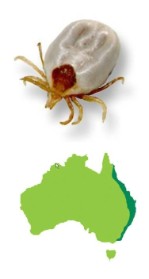
The Brown Dog Tick
The Brown Dog Tick (Rhipicephalus sanguineus) is a serious pest of dogs. It is unique in that it can survive for long periods off the host. There can be massive numbers of ticks in a dog’s environment, either in its kennel or even the home, acting as a reservoir for continual re-infestation of the dog if not treated. Brown Dog Ticks can cause “tick worry” with dogs licking and scratching at the attachment sites. In large numbers they can cause anaemia.
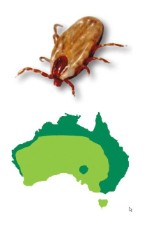
The Bush Tick
The Bush Tick (Haemaphysalis longicornis) affects dogs from irritation of the skin to extensive blood loss in heavy infestations.
Checking for ticks
It’s a good daily routine to use your fingers to run through your dog’s fur.
If you have a dog with a long coat, a comb is a great way to find ticks.
Comb your dog from the top of the head and go through their fur, running the comb backwards against the fur, followed with your hands.
Feel for any bumps and if you feel one, stop and have a good look. You need to pay particular attention to the head, neck and chest, behind the ears and even in the ears.
If a tick is found seek advice from your vet immediately.
